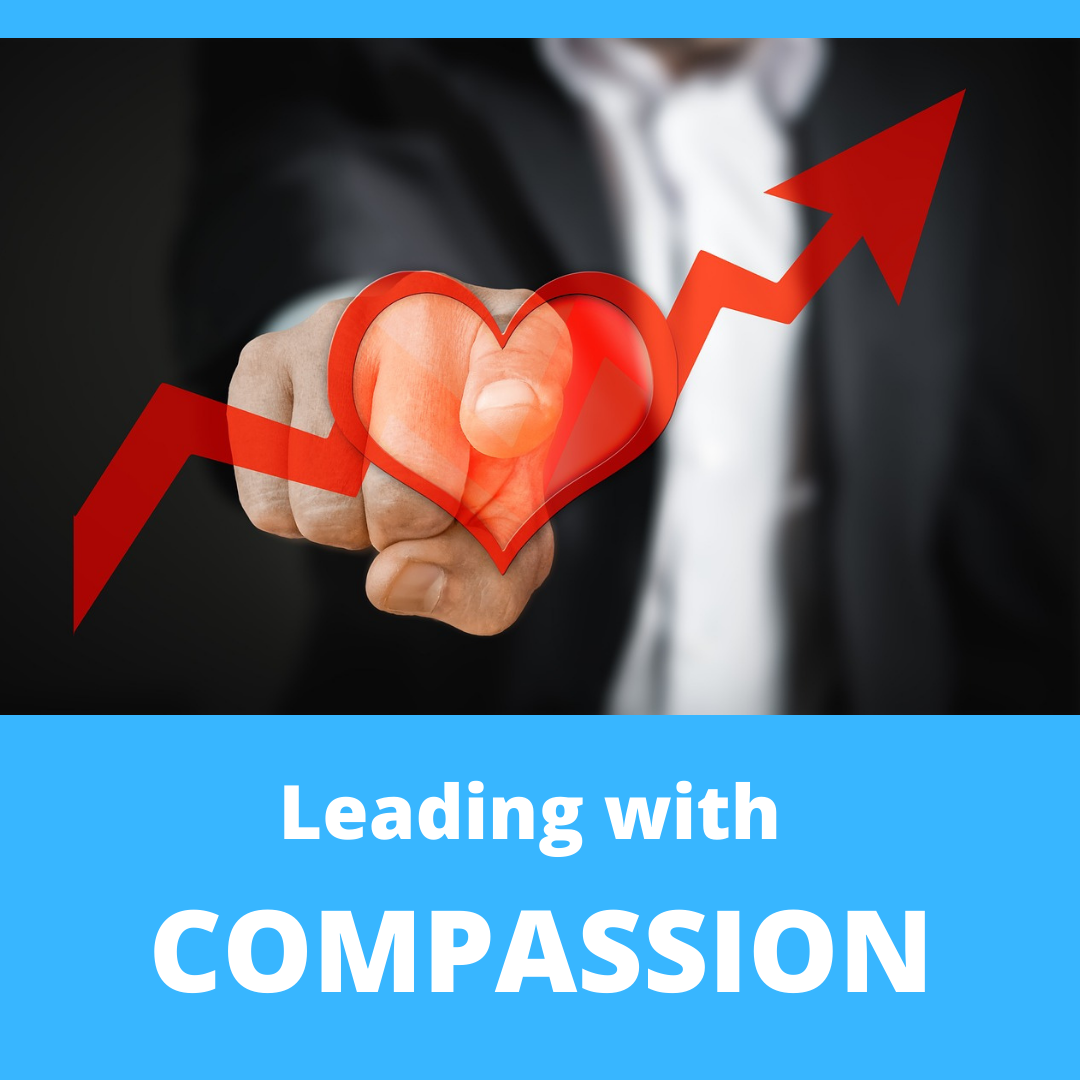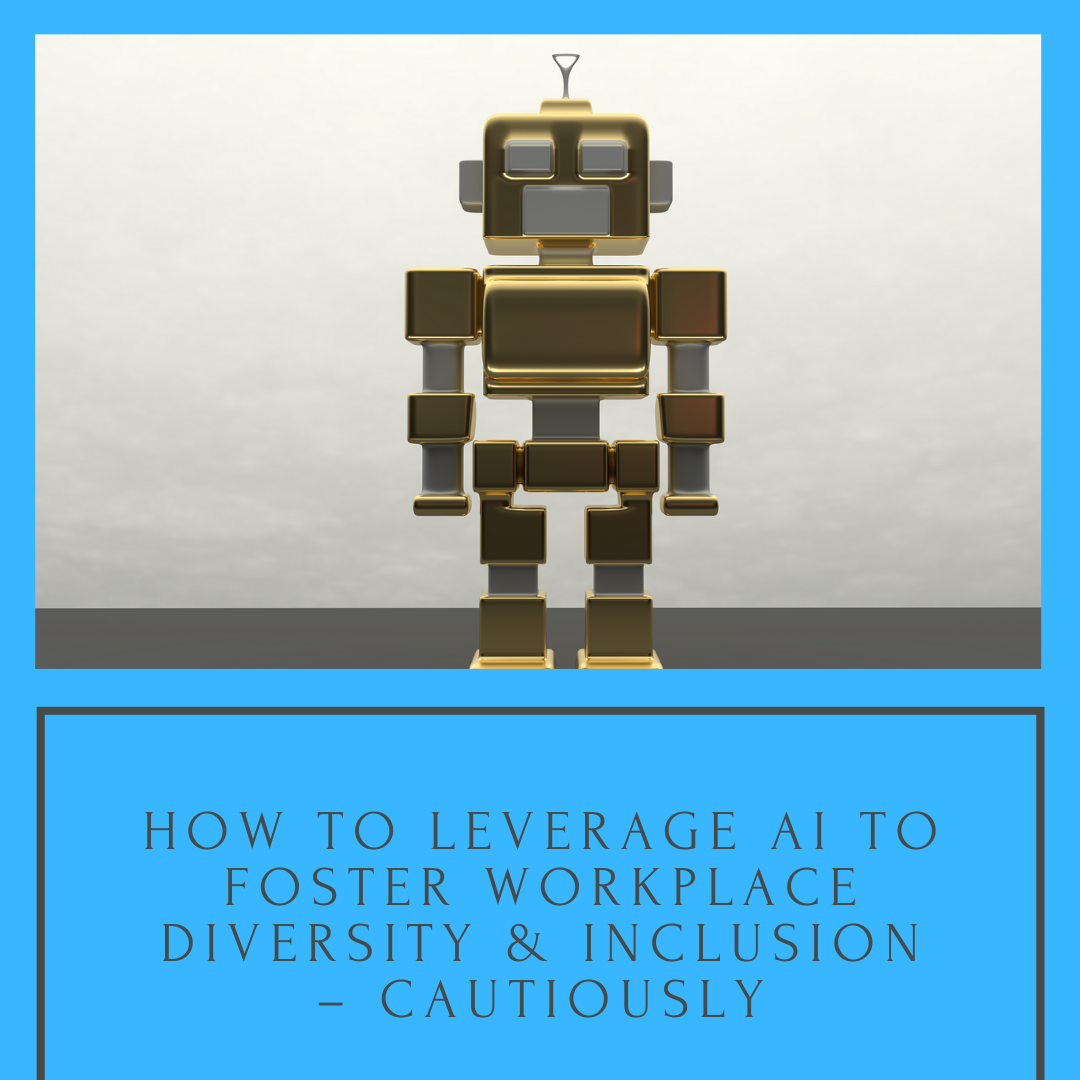
Your colleague accidentally spills hot coffee on her wrist. She cries out in pain.
How do you react?
Would you look away?
Would you ask if she’s okay?
Would you flinch as she cries out?
Would you get her some ice?
And how are you feeling as this situation unfolds?
This, is perhaps, a simplistic scenario. But similar scenes play out across thousands of workplaces every day. Sometimes they involve physical pain. More often, they involve social pain or lack of psychological safety. It’s simple to imagine yourself responding to a coffee scald, running cold water and taking your colleague’s hand, urging her to soothe the pain. It’s more complicated to imagine yourself intervening to help a colleague who’s struggling with a mental health issue or dealing with an emotional crisis.
What we may fail to realize is that social pain is physical pain. Research shows that experiences of rejection, bullying, and loss activate many of the same regions involved in physical pain. The negative emotions that result – stress, anxiety, anger, or depression – actually amplify those signals and can manifest as physical symptoms.
What does this mean for the workplace?
Psychological health problems cost the Canadian economy over $51 billion a year. While much of that amount goes to health care, social services, and income support, over $6 billion is lost to absenteeism, presenteeism, and turnover – lost productivity for Canadian businesses amounting to almost 3 percent of Canada’s gross domestic product. Data collected prior to the COVID-19 pandemic indicate that 15 percent of Canadian employees take a short-term leave each year, and a significant portion are due to mental health issues. On average, mental health leaves last twice as long as physical health leaves and cost employers twice as much. Newer data suggest these percentages can be expected to spike as the pandemic continues.
Almost half of Canadians consider their work to be the most stressful part of their day. Less than one-fifth feel comfortable talking to their employers about mental health issues. What this amounts to is an unacknowledged collective pain that hampers creativity, innovation, and thriving at work.

“Human beings have extraordinary capacity. Yet, the vast majority of people never get to realize their potential because they are embedded in organizational systems that fail to promote human flourishing.”
— Raj Sisodia, Awakening Compassion at Work
Work stressors have been compounded by COVID, as the various phases of lockdown have robbed us of relief valves such as social events, holiday gatherings, indoor exercise, and the normalcy that once surrounded activities such as shopping or getting a haircut. For population subgroups such as LGBTQ2+, people with disabilities, and Indigenous people, mental issues are even more heightened. Says UBC researcher Emily Jenkins, “Particularly concerning are the levels of suicidal thinking and self-harm, which have increased exponentially since before the pandemic and are further magnified in certain sub-groups of the population who were already experiencing stigma, exclusion, racism and discrimination.”
As though the pandemic weren’t enough, the churn of political unrest in reaction to social injustice has amplified the sense of chaos and uncertainty many employees are feeling. Not only must they contend with everyday work pressures; they are often plagued by worries about layoffs, cutbacks, scarcity and economic spasms—all against the backdrop of a medical crisis that has shifted resources into critical care and away from mental health.
What does this have to do with spilled coffee?
The spilled-coffee scenario is a thought experiment that explores our capacity to respond to another person’s distress. Essentially, we can:
- Do nothing – pretend not to see what happened, minimize what happened, walk away.
- Sympathize – understand what your colleague is feeling.
- Empathize – viscerally feel what your colleague feels.
- Show compassion – recognize the pain (sympathy), feel the pain (empathy), and then do your best to alleviate your colleague’s suffering.
You may tend to use the words “empathy,” “sympathy,” and “compassion” interchangeably. They may be related, and they may occur along a continuum, but they are not synonyms. Let’s look at how they differ.
Sympathy
You grasp on an intellectual level that your colleague is in pain. You don’t feel it the same way yourself, but you get it.
Empathy
You have a vicarious response. When your colleague cries out, you flinch because, in that moment, you feel it too. Your imagination of her experience is so vivid that you almost share it.
Compassion
You go beyond the feelings of empathy and sympathy to act. Not only does it register viscerally with you that your colleague is in pain—you want to stop the pain and you are ready to do what it takes to help.
The key quality that differentiates compassion from empathy and sympathy is that it drives action. This is important because it means that compassion empowers us, whereas sympathy and empathy can sometimes leave us feeling paralyzed.
Taking the scenario beyond spilled coffee, in a workplace where multiple employees are quietly suffering, sympathy and empathy are not enough to bridge the gap between us and them. We may genuinely have those feelings, but they don’t move us to action. In fact, they may create feelings of guilt and helplessness, all the while doing nothing for our colleagues.
How do we move from sympathy and empathy to compassion?
We often express compassion for people in our personal lives. But expressing compassion at work may feel like an overreach. This reflects our tendency to “bubble” with small groups—another human behaviour that has been reinforced by pandemic lockdowns—while discounting the experiences of people from whom we feel increasingly detached.
It also reflects a prevalent corporate culture where feelings are dismissed and people are expected to be robotically productive. Again, the pandemic has exacerbated this, with remote work placing a wedge between people and the people they work with. Without an intentional focus on connection and relationships, the natural networks we once had will be hollowed out.
If we care about human flourishing at work, we must nurture people as individuals, and we must create an environment that fosters compassion. In other words, if compassion is to truly become a core value, we must pay attention to the experiences we create for people at work.
The Results Pyramid
- Experiences contribute to what people believe. If they have positive experiences at work, if feelings are acknowledged and colleagues genuinely respond with supportive actions, this will reinforce the belief that they are psychologically safe, that they are free to express themselves, that they have control and agency, and that others care about them.
- Beliefs, in turn, lead to actions. Only when a belief is entrenched can a person commit to action. If a person’s beliefs are positive, they will feel safe to take actions that can promote their own success and that of others.
- Actions are the result of positive experiences and beliefs, and actions are what lead to results.
How do we activate compassion at work?
It starts with mindfulness. That moment when we notice a colleague in distress is not a moment to walk away. Our instincts may tell us it’s none of our business, or that the distress is momentary, or that there’s nothing we could do to help anyway—but we need to fight those voices that keep us immobile. Notice the suffering. This is our sympathy awakening, but don’t stop at sympathy.
Next, make meaning of the suffering. Use your emotional intelligence to understand what the other person is going through. Try to relate to it. Imagine how it must feel. This takes us along the continuum to empathy. But there is a next stop.
Finally, do something. Take action to alleviate the suffering. Have courageous conversations, ask curious questions, make a connection. Show the person they are not alone and that there is safety for them to share what they are going through. Your action can help them reframe their experience of suffering as an experience of support and resiliency, which will anchor the belief in a positive workplace where people will take action to help others—a workplace where people act in concert to create positive results.
Putting people at the centre of your business
“We’re not in the coffee business serving people.
We’re in the people business serving coffee.”
— Howard Shultz, former CEO, Starbucks
There is a strong business case for organizations to put people at the centre of their business. There is an opportunity to reclaim lost productivity, increase retention, and lower costs associated with absenteeism, presenteeism, and turnover. Especially now, with so much work being performed virtually, it is crucial that employees feel connected with their teams, that what they do matters, and that they belong. Creating that sense of safety will take some investment, but that outlay is dwarfed by the human and economic costs of disconnection and isolation.
It’s time to put compassion at the forefront of what we do. How will you start thinking about compassion at work?
Sources: Why Rejection Hurts, CAMH Workplace Mental Health: A Review and Recommendations, Making the Case for Investing in Mental Health in Canada, Mental health leaves cost Canadian economy $51 billion: Study, New national study finds Canadians’ mental health eroding as pandemic continues, Chopra: What’s the Difference Between Empathy, Sympathy, and Compassion, and Change the Culture, Change the Game.
Diversation Question
Will you start thinking about implementing compassion at work? Share your thoughts and ideas below in the comment section. Let’s discuss.




